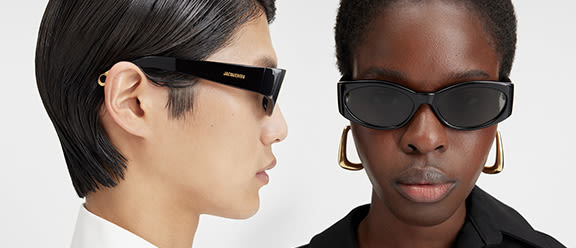What Values Do I Need to Purchase Prescription Glasses?
In order to apply your individual corrective values, we require your current prescription. This can be taken from your prescription for the right and left eye respectively. It is important that your values are not older than 2 years, as your vision can change in this time.
How to read your correction values:
Sphere (S/SPH): The sphere indicates the strength of the lenses. A plus (+) symbol can be found in front of the value if you are far-sighted and a minus (-) if you are short-sighted. Please pay attention to the symbol when placing your order. Should there be no symbol, this usually indicates a plus (+) value.
Pupillary distance (PD): The pupillary distance is the respective positioning between the centre of your pupil and the middle of the bridge of your nose. This tends to be different for both right and left eye, and is usually between 25 and 38mm. This value is often noted as a single number between 50 and 76 mm. In this case denote half of this value for each respective eye e.g. If you have a value of 60mm, this would indicate a distance of 30mm for both the right and left eyes respectively.
Cylinder (ZYL/ CYL) – This is only relevant for those with corneal irregularities: The cylinder indicates the height of the corneal curvature.
Axis (A/ACH) – This is only relevant for those with corneal irregularities: The axis is expressed in degrees and defines the alignment of the required cylinders for the correction of corneal irregularities. You will need this so that your lenses are properly aligned. The axis is always between 0° and 180°.
Addition (ADD) – Only relevant for varifocal glasses: The addition (ADD) denotes the strength of your lenses, in addition to the distance correction. This is relevant for those who also need assistance when seeing things in close proximity, e.g. when reading. This value is always positive and is often identical in both eyes.
Tip for multifocal lenses: Please be aware that the values for multifocal glasses vary with every frame. It is especially important that the alignment values are measured directly for your frames. We recommend that before purchasing you try on your desired frames with our 10-day home trial service.
Tip for contact lenses: It is not possible to carry over your prescription for your glasses to contact lenses. This is because the lenses lie directly on your cornea while glasses are at a distance from your eyes. Contact lenses should always be fitted with the assistance of an optician.
Glasses



